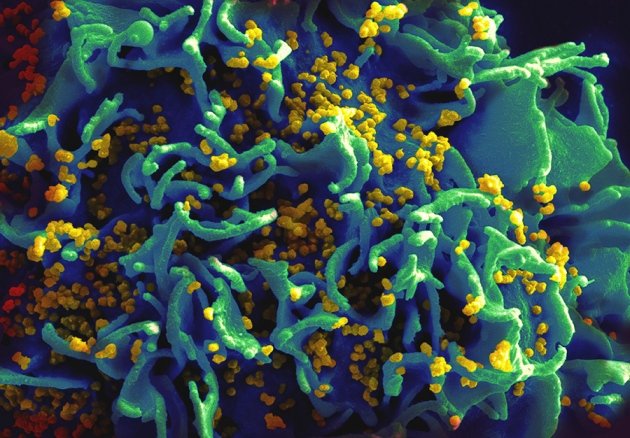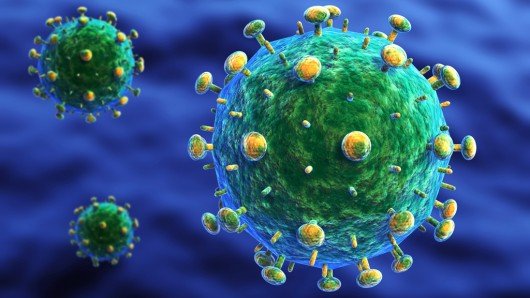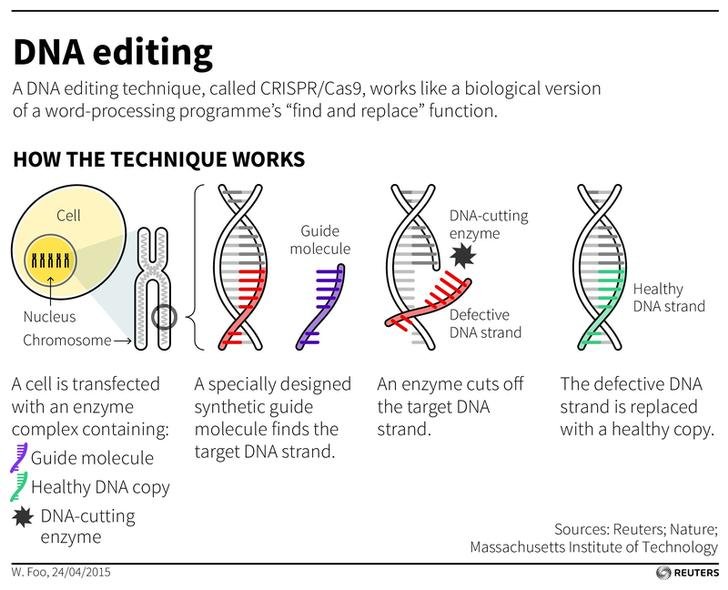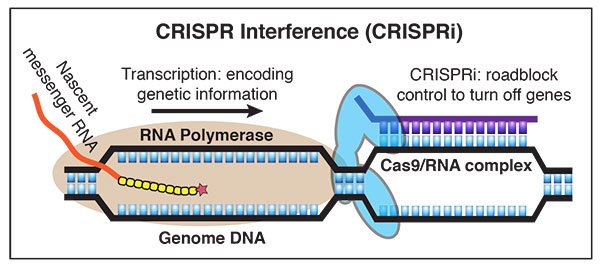
Recently scientists show a big hope to get rid of HIV permanently through DNA modification. It now shows up researchers have effectively wiped out the HIV DNA in live mice by utilizing a technique known as Gene Editing. This technique is called as "CRISPR gene-editing technology ". The CRISPR gene-editing technology allowed scientists to “cut out the bad genes and let the rest be”.
This initial experiment seemed to have been generally effective, in spite of the fact that it is still excessively ahead of schedule to finish up this as a working solution. Scientists at the Lewis Katz School of Medicine at Temple University (LKSOM) and the University of Pittsburgh already proved that they can excise HIV DNA from the genomes of living animals to eliminate further infection permanently. To be more exact, the reality this technique works fine on a living animal is a noteworthy achievement. However, scientists performed the feat in three different animal models, including a "humanized" model in which mice were transplanted with human immune cells and infected with the virus. In any case, that does not mean experiments on human beings will yield similar outcomes. To handle this issue, the group of researchers expects to attempt this technique on primates very soon.

A few researchers aim to modify genes made by immune cells that HIV usually infects — called T partner cells — so that the infection can't discover a route in. Others take an alternate tack: outfitting the T cells with gene-editing instruments so they can look for and annihilate any HIV that infects them. At the point when HIV infects a T cell, its genome is embedded into the cell's DNA and captures its DNA-duplicating machinery to produce more duplicates of the virus. In any case, a T cell furnished with a DNA-shearing enzyme called Cas9, together with modified bits of RNA that guide the enzyme to a specific arrangement in the HIV genome, could discover, cut and disabled the intruder's genome.

The researchers exhibit that HIV-1 replication can be totally stopped and the virus eliminated from infected cells in animals gene editing technology, CRISPR/Cas9. The whole research work was led by Wenhui Hu, Associate Professor in the Center for Metabolic Disease Research and the Department of Pathology in the Department of Neuroscience) at LKSOM, Kamel Khalili, Professor and Chairman of the Department of Neuroscience, Director of the Center for Neurovirology, and Director of the Comprehensive NeuroAIDS Center at LKSOM and Won-Bin Young, Assistant Professor in the Department of Radiology at the University of Pittsburgh School of Medicine at the season of the exploration.

Dr Wenhui Hu stated --
"Our new study is more comprehensive. We confirmed the data from our previous work and have improved the efficiency of our gene editing strategy. We also show that the strategy is effective in two additional mouse models, one representing acute infection in mouse cells and the other representing chronic, or latent, infection in human cells."
In the new study, this researcher group genetically inactivated HIV-1 in transgenic mice, diminishing the RNA articulation of viral genes by about 60 to 95 percent. They then tried their framework in mice intensely infected with EcoHIV, the mouse equivalent of human HIV-1.
Dr. Kamel Khalili stated that --
"During acute infection, HIV actively replicates. With EcoHIV mice, we were able to investigate the ability of the CRISPR/Cas9 strategy to block viral replication and potentially prevent systemic infection.The excision efficiency of their strategy reached 96 percent in EcoHIV mice, providing the first evidence for HIV-1 eradication by prophylactic treatment with a CRISPR/Cas9 system. "

To decide the achievement of the technique, the researcher group measured levels of HIV-1 RNA and utilized a novel live bioluminescence imaging framework. Dr. Kamel Khalili stated that -
"The imaging system, developed by Dr. Young while at the University of Pittsburgh, pinpoints the spatial and temporal location of HIV-1-infected cells in the body, allowing us to observe HIV-1 replication in real-time and to essentially see HIV-1 reservoirs in latently infected cells and tissues,"

"The next stage would be to repeat the study in primates, a more suitable animal model where HIV infection induces disease, in order to further demonstrate elimination of HIV-1 DNA in latently infected T cells and other sanctuary sites for HIV-1, including brain cells,"
References :
Tags : Science, Medical, Health, News, Amazing News, HIV
This Post Was Published On My Steemit Blog. Please, navigate to steemit and cast a free upvote to help me if you like my post. First Time heard about Steemit ? Click Here To Know Everything About Steemit










Comments
Post a Comment